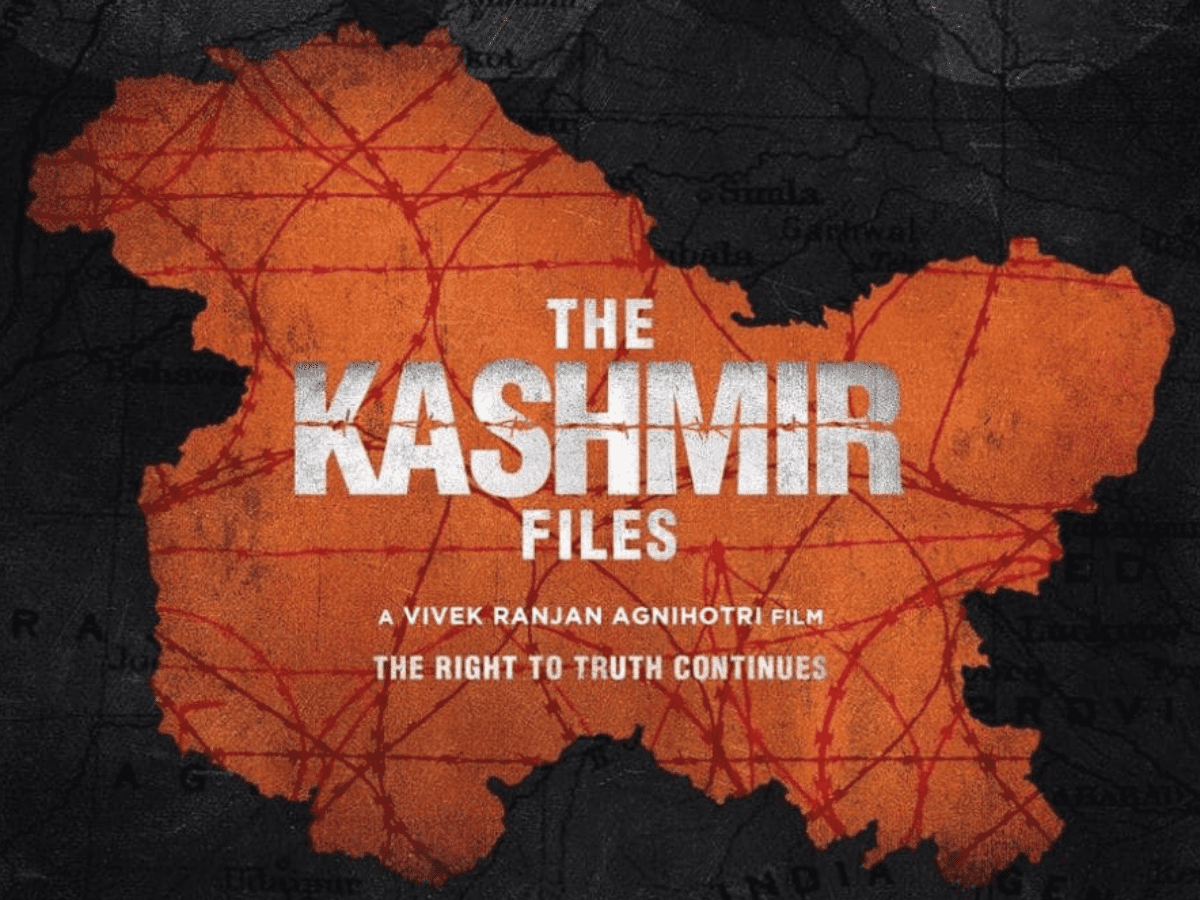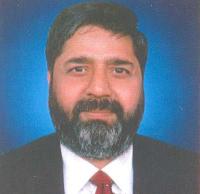

There always is a culmination of a series of events that results in the kind of tragedy that the Kashmiri Pandits had to undergo in 1990 and also in different phases since. The exodus of Kashmiri Pandits, which the film “ The Kashmir Files” claims to have chronicled to tell the world, what they call the truth about the times and the resultant situation that left the community shattered and scattered with no place to call home. This is a deep tragedy and unforgettable even after the passage of 32 years. But is this the closure of their tragedy, and had the film created an atmosphere in which Kashmiri Pandits can go back to their homes, rebuild these from the ruins to which they have been reduced to.
The question is, what the film has sought to achieve – to reflect a reality, which remained under wraps for over three decades and to make it a hitbox office by carefully choosing its promoters, who on their own, or as per their sentiments and, chose to advance the interests of the filmmakers. The movie has already collected more than Rs. 108 crore at the box office ever since its release on March 11. This is a big amount and is slated to earn more.
The producers were doing no charity. They chose a theme, which they felt assured, would get them tens of thousands of passionate promoters, some of whom were victims and others had their own agendas to pursue – many Kashmiri pandits, who have become narrators, interpreters, and promoters, were not in the Valley because they had left Kashmir generations ago before the migration in the horrific times of 1990 took place. Common Kashmiri Muslim voices acknowledge that “ Kashmiri Pandits were the victims, and the tragedy that befell on them is a stigma for Kashmir,” while few others have picked up holes in the narration of the movie that they feel very strongly is far away from the reality and the political timeline.
Former Chief Minister Omar Abdullah has questioned the credibility of the film and described it as being far from the truth. Others are angry over what they call tweaking of facts of the events, days, and dates to tell a particular version. They are angry because there are scenes and dialogues in the film, they claim, demonizing the majority community of Kashmiri Muslims.
The Kashmir Files has become a commercially hit. Kashmir has always been a fertile land for advancing interests of various kinds. There were multiple players telling the stories that the world wanted to hear, the themes were selected keeping in mind their audience. Many have benefited from the art of story-telling. The exodus of Kashmiri Pandits was a tragedy of huge proportions . . Many dreams were shattered in the darkness of the uncertainties, which no picture, whatever be the title, can ever capture. Related to this tragedy is the wider canvas of the pain of the whole of Kashmir that has neither been documented nor will it be ever told.
Kashmiri Pandits cannot be separated from Kashmir, They reside in the psyche and emotions of the generations of Kashmiris, whether Muslims, Pandits, Sikhs. The current generation, especially the one that appeared on the scene in the 21st century viewed KPs differently. There were no emotions attached to them, but this movie has made them aware that what all the community had to undergo. But, now they would change their opinion about Kashmiri Pandits, but the movie has characterized their views in the adverse outlook, because this generation is not what is known as the one epitomized mutual cultural ethos, now an overused term Kashmiriyat”.
Here is a timeline that tells its own story .
January 18, 1990: An announcement is made about the appointment of Jagmohan as J&K Governor.
January 18 night: Chief Minister Farooq Abdullah arrives in Jammu AICC plane, accompanied by the senior Congress leader Rajesh Pilot.
Around midnight January 18, Farooq drives to Raj Bhavan and submits his resignation to the Governor Gen( Retd) K V Krishna Rao, to register his protest against the appointment of Jagmohan as Governor, for he was the one who had dismissed his pure National Conference government on July 2, 1984. Jagmohan’s then predecessor B K Nehru had refused to dislodge the government and help install a government of defectors with the support of Congress lawmakers.
January 18 night: Gen. Rao leaves decision on the acceptance or rejection of the resignation to his successor
January 19, 1990: Jagmohan arrives in Jammu, takes over as Governor for the second time, dismisses the government, keeps Assembly under suspended animation , and calls himself “ nursing orderly” to heal the wounds of Kashmiris – it is a reference to Kashmiri Muslims who had taken to streets and clashed with the police, suffered casualties
January 19, 1990 night: There are massive night- time protests in Srinagar , “ Azadi slogans are raised”, and the Kashmiri Pandits feel insecure as the protests are against India , and they are regarded as Indians.
January 21, 1990: Gaw Kadal Massacre , several protestors are killed in firing by security forces
January 25: Five IAF personnel are shot dead in Srinagar by JKLF
February 13: Director Doordarshan Lassa Kaul is shot dead at his residence in Srinagar. This killing, coming as it did, deepened the fears of the Kashmiri Pandit community, already living in pain and anguished times after a series of killings, starts moving out of the Valley in hordes.
February 19, 1990: Jagmohan dissolves Assembly, hoping that militant outfit JKLF would buy the bait and contest elections.
May 21, 1990: Mirwaiz Moulvi Farooq, chief priest of Kashmir and chairman of Awami Action Committee is killed at his home by terrorists.
May 21, 1990: Nearly 50 people are killed in CRPF firing on a crowd carrying the body of the assassinated religious leader Mirwaiz Moulvi Mohammad Farooq in Hawal, Srinagar
May 24: Jagmohan is recalled as Governor and former RAW chief S C Saxena is named as his successor
In 1989 -1990: there were select killings, the KP community suffered a major blow when Sangrampora massacre took place in March 1997, and worse one in Wandhama, Ganderbal, Farooq’s constituency on the night of January 25, 1998, and then came the big massacre in Nadimarg in South Kashmir on March 24, 2003.
This tells the story that there were many interests at work in killing the Kashmiri Pandits. The massacres in 19997, 1998, and 2003 showed – though there were many massacres of Dogra Hindus in the Jammu region since 1994, Gujjars and Muslims, while the Valley had a series of major massacres in Zakoora, Srinagar, Handwara ( 1990), Chotta Bazar, Khanyar, Kupwara, Bijbehra wherein Kashmiri Muslims were targeted. Soldiers, CRPF troopers, BSF men and their families, and other massacres at the hands of terrorists also dotted the days and calendar of Kashmir. This is not a date-wise timeline. It is incomplete – the Kashmir story can never be told in a wholesome anytime, today, tomorrow, or years, decades later.
This film has reopened old wounds but mot moved even an inch toward the closure of the tragedies which it has presented.



